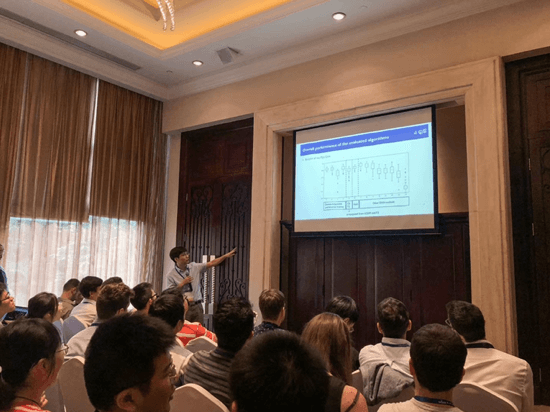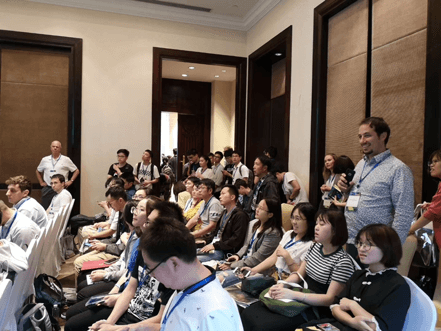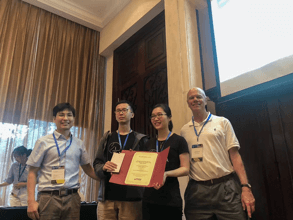Accurate computing, analysis and modeling of the ventricles and myocardium from medical
images is important, especially in the diagnosis and treatment management for patients suffering from
myocardial infarction (MI).
MRI is particularly used to provide imaging anatomical and functional information of heart, such as the
T2-weighted CMR which images the acute injury and ischemic regions, and the balanced-Steady State Free
Precession (bSSFP) cine sequence which captures cardiac motions and presents clear boundaries.
Particularly, LGE CMR can enhance the infarcted myocardium, appearing with distinctive brightness compared
with the healthy tissues. It is widely used to study the presence, location, and extent of MI in clinical
studies. Thus, delineating ventricles and myocardium from LGE CMR images is important.
However, the segmentation is still arduous, particularly due to the pathological myocardium from LGE CMR;
but manual delineation is generally time-consuming, tedious and subject to inter- and intra-observer
variations.





